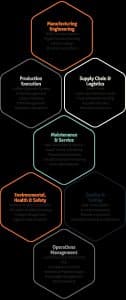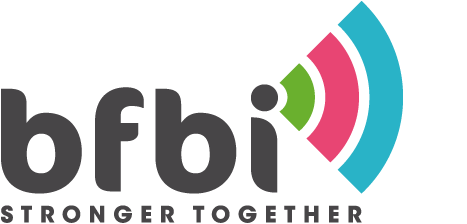In this article, it is explored how manufacturing operation can go beyond OEE to reduce the cost of manufacturing with better insights and realise your Factory of the Future.
How can production go beyond OEE?
Of course, Overall Equipment Effectiveness (OEE) is just one of the metrics reported by any production line monitoring system that is worth its salt, but it has been a mainstay of manufacturing KPI for dozens of years.
The big question is: What lies beyond OEE as a roll-up metric? End-to-ens shop floor connectivity can now gather a more comprehensive dataset that allows every process to work together harmoniously. Machine learning is being deployed to gather more insight and fewer reports.
So, will OEE continue to hold importance in your factory of the future?
Maximising OEE Reduces Manufacturing Costs
Let’s face it, the ultimate goal of the Factory of the Future is to reduce the cost of transforming raw materials into a saleable product. A lower cost of manufacturing creates the potential to re-invest and maximise operational efficiencies.
Major costs in manufacturing are still: assets that depreciate over time, labour to run the facility, maintenance, and upkeep, utilities, overhead, and cost of goods. When you move to the future, working with traditional OEE metrics will continue to help optimise these costs while working in tandem with other, even more intelligent and digital processes.
Here’s how the successful execution of an OEE improvement strategy directly results in real-world cost savings and capacity gains. Click here to read more.

What Lies Beyond OEE?
End-to-end shop floor connectivity will generate and share a more comprehensive dataset that allows every process to work together harmoniously. Here’s what your next level dashboard might look like:
Connected Ecosystem
Optimised at every stage of production, a smart connected factory is agile, transparent, efficient, and future-proof. The goal is to help your factory optimise Total Productive Maintenance (TPM) to predict failures more frequently, predict forecasts more closely and accurately, and even predict behavioural elements like the profile of shift teams that perform best.
Combining this invaluable shop-floor insight into an advanced strategic BI tool will correlate this data automatically to power new operational efficiencies. Artificial Intelligence can then suggest potential actions, provide guided interventions and uncover more insightful forecasts for better outcomes.
A Factory of the Future ecosystem works in harmony, rather than in the data silos. More insight is provided by combining tactical information, both real-time and historically, that is gathered through a shop floor gateway to allow streamlined analytics and strategic insight from a BI tool.
Artificial Intelligence and Machine Learning can be applied to understand the effects of various parameters, fault data, condition-based monitoring, and environmental or quality data. A connected factory ecosystem tackles a full digital optimisation process to find correlations without data mining and extraneous analysis. Click here to read more.
Optimisation for Every Area on the Shop Floor:
Data correlation across the shop floor links machines and operators in an end-to-end smart connected factory. When every action and every process is digitally recorded, analysed and shared with the cloud, specialised shop floor monitoring and analytic tools can be applied to every process and parameter.
Are you currently monitoring the following?
- Clean-In-Place processes
- Line Balance Optimisation & Control
- Shift Handovers
- Fault Analysis (using video)
Sharing real-time production data, as well as storing historical data, allows a connected factory to use company-wide informational holistically to make intelligent and data driven production decisions. Click here to read more.

AI & Insights – what it all means.
Practical applications are a great starting point for Machine Learning and AI technologies. You should look for use cases that save time on routine actions or correlate seemingly disparate pieces of data. When AI can transform insight into actions, it can shift the responsibility and authority of routine tasks from technicians to machine operators.
Machine learning, as an element of AI, can provide automated insights that either take humans a long time to do – or that humans cannot spot. This can be applied to machine or line performance to make more accurate predictions on planning outcomes.
How these insights are incorporated into your current manufacturing dashboard is yet to be fully realised, but it is important to understand that they can be applied to both chronic and sporadic issues. Ultimately, the goal of integrating of AI is to provide useful insights faster, which leads to taking actions earlier to prevent downtime and losses, which still rolls back to OEE and TPM metrics.
Lineview believe that OEE will still be a key metric on your shop floor. Its usefulness and insight have long been proven to be extremely effective. Their vision is to take it to the next level.
Predict failures more frequently, predict forecasts more accurately, even predict behavioural elements like the profile of shift teams that perform best – or which changeovers can be improved. Take the first steps towards your factory of the future.





